
The challenges of teaching data visualisation
A pictoral insight into the challenge of teaching. “People might seek teaching in data visualisation because they find themselves doing this…”
Visualisingdata.com was originally launched in 2010 originally to serve as a blog to help continue the momentum of my learning from studying the subject via a Masters degree. I continue to publish articles and share announcements that track developments in my professional experiences as well as developments in the data visualisation field at large.
This is a collection of all my published posts, starting with the newest and dating back to 2010, tracking. These posts include articles, design commentaries, podcast updates, professional updates, and general news from across the data visualisation field.

A pictoral insight into the challenge of teaching. “People might seek teaching in data visualisation because they find themselves doing this…”
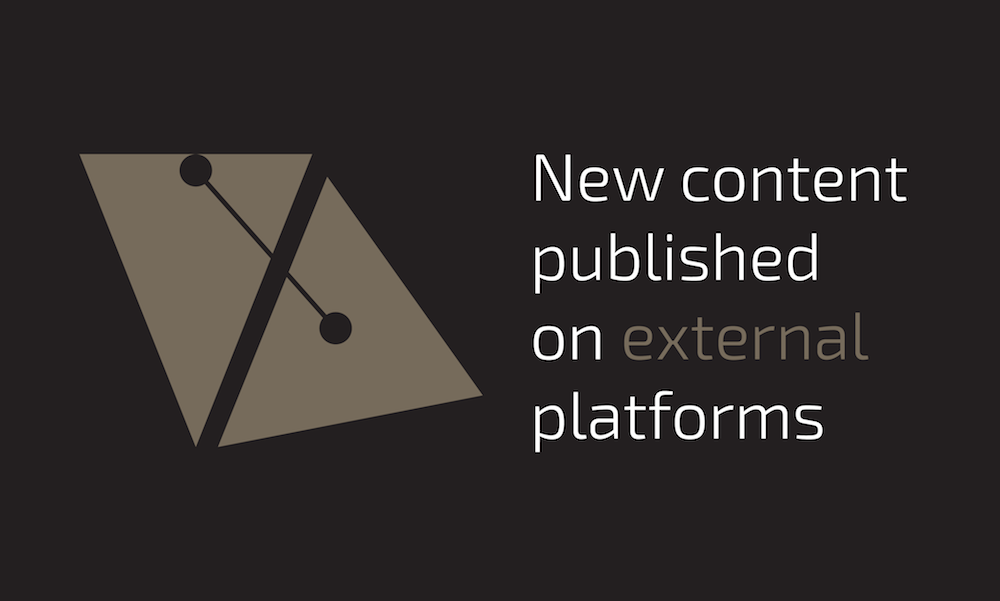
It is self-promotion day here on Visualising Data! Just published now is a podcast I did with Julie Gould from the NatureJobs blog, discussing various aspects of the data visualisation game.
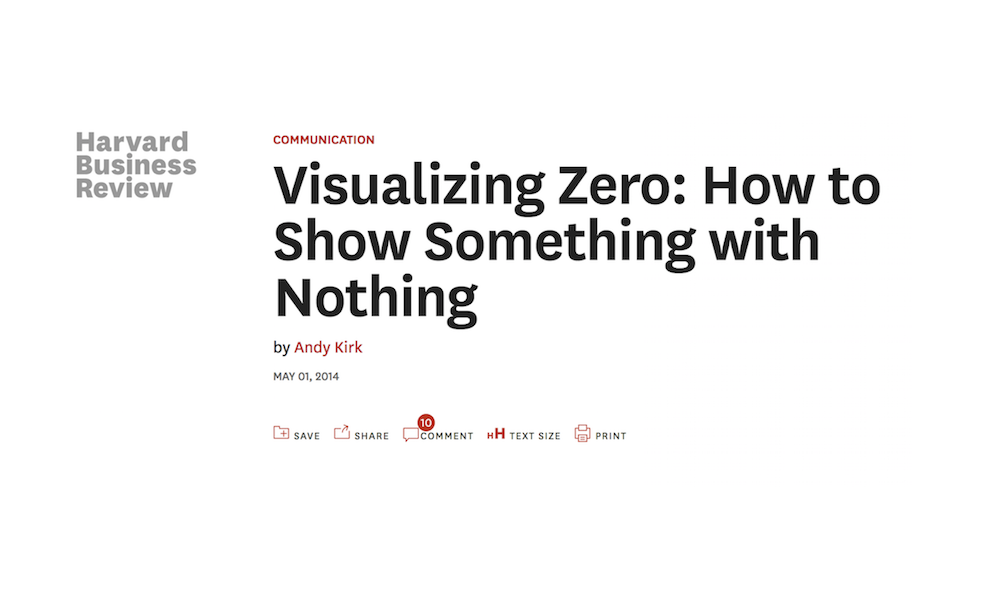
I was recently asked to write about the subject in an article for the Harvard Business Review: ‘Visualizing Zero: How to Show Something with Nothing’. This piece offers a brief overview of the content of my talk at OpenVisConf.
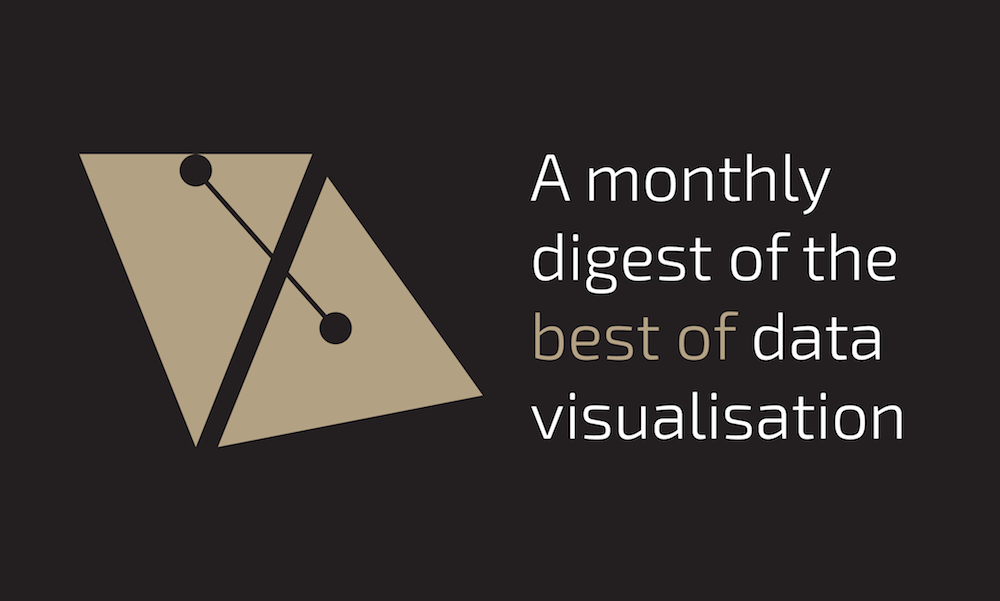
At the end of each month I pull together a collection of links to some of the most relevant, interesting or thought-provoking web content I’ve come across during the previous month. Here’s the latest collection from March 2014.

Below you will find an embedded slideshare version of the slides used in last week’s talk at OpenVisConf 2014 held in Boston (well, officially Cambridge but Boston was only a bridge away).

This is an administrative, bullet-pointy post to share a few quick updates about my training workshops requiring more than twitter’s 140 characters limit.
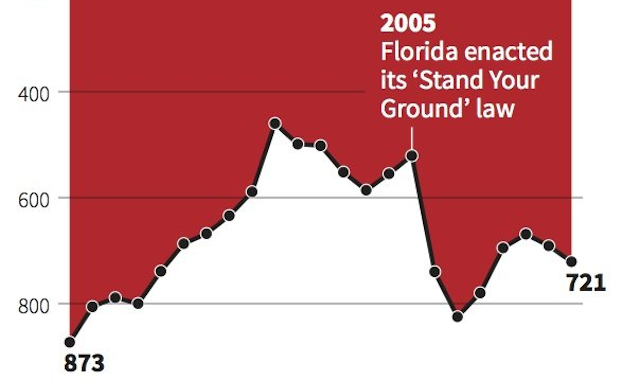
I’m posting this as a separate discussion thread but in follow up to the previous post about the Gun Crimes chart and the issue of confusion vs. deception.

Overnight I saw quite a few tweets spinning off an article ‘How to Lie with Data Visualisation’. Initially, I mistakenly thought this had been written by Aatish Bhatia but it was actually from Ravi Parikh. It is a good article picking up on some of the classic subjects of our ire (Fox News, truncated y-axes).

At the end of each month I pull together a collection of links to some of the most relevant, interesting or thought-provoking web content I’ve come across during the previous month. Here’s the latest collection from February 2014.
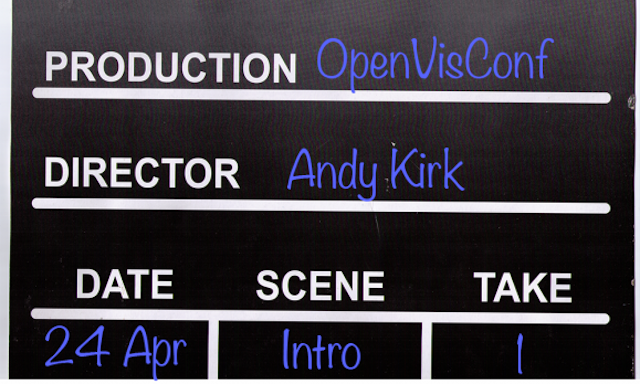
As I mentioned in my previous post, many moons ago, I am giving a talk at the OpenVisConf in 3 weeks’ time. The title of my talk is ‘The design of nothing’ and in this last post I reached out for people to send in stories or examples related to this matter.
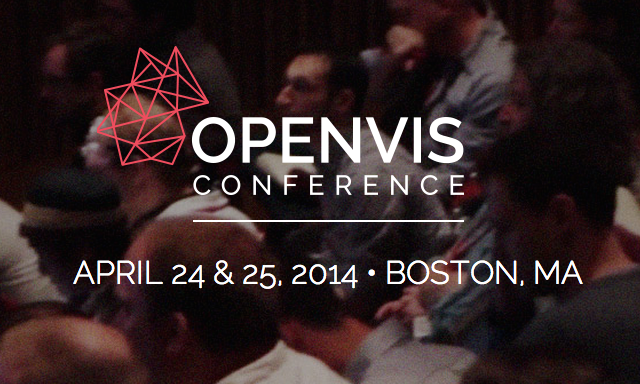
In one month from now the 2014 OpenVisConf will be held in Boston, MA. Having watched coverage of the inaugural 2013 conference from afar (check out the highlight reel and watch the talks, it looked super) I am thrilled to be one of the chosen few to join the speaker line-up for this year’s two-day event.
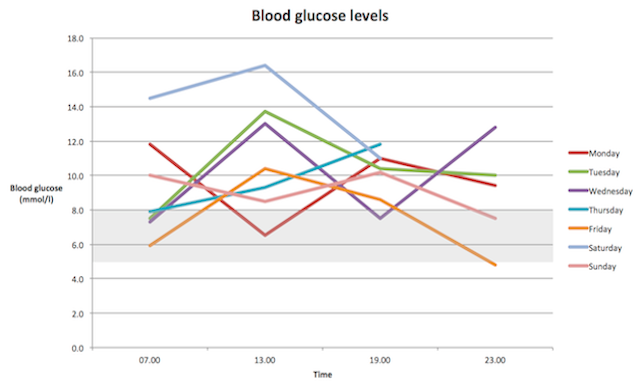
This morning I tweeted an interesting observation made on BBC News discussing the missing Malaysian airline “We are now not used to no information”. It is entirely true. In this age of so much, any gaps become so extraordinary.

I was really interested to see the Sunlight Foundation share details of its internal ‘Data Visualization Style Guidelines’ the other day. Whilst I’ve not had chance to take a magnifying glass to the specific details of advice, I am impressed with how they have framed this document.

Just a little update about things relating to this site. I am currently working behind the scenes with a couple of bright design and developer minds on a brand new website and design identity.

At the end of each month I pull together a collection of links to some of the most relevant, interesting or thought-provoking web content I’ve come across during the previous month. Here’s the latest collection from January 2014.

They (human people) say the key to comedy is timing. Well timing is also a key factor with regards to blogging, certainly when covering particular subjects. So a write-up of Tapestry Conference 2014, which took place almost a week ago, is already tiptoeing sheepishly outside the ‘news cycle’.
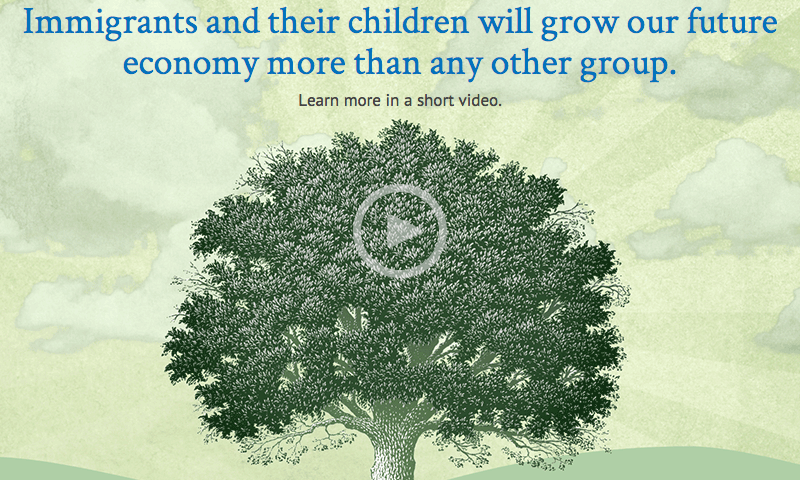
There is a flurry of new projects hitting the airwaves right now. Another interesting work comes from the team at Graphicacy who have been working with the The Center for American Progress to develop a videographic and interactive package to help bring visibility to the issue of the future of immigration in America and it’s impact on the economy

Yesterday there was a fair bit of twittering about a map that was ‘doing the rounds’. The map shows where 50% of the GDP of the US comes from geographically. I came across it via a tweet from Ian Sefferman.
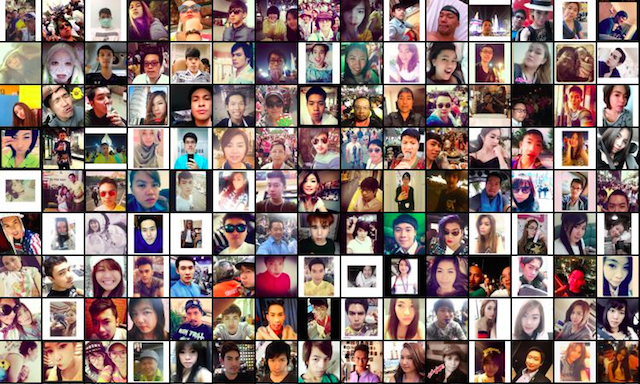
Selfiecity is a newly launched project, co-ordinated by Lev Manovich and creatively directed by Moritz Stefaner alongside an ultra-talented team, investigating the style of 3200 ‘selfies’ (photgraphed self-portraits) across five cities across the world.
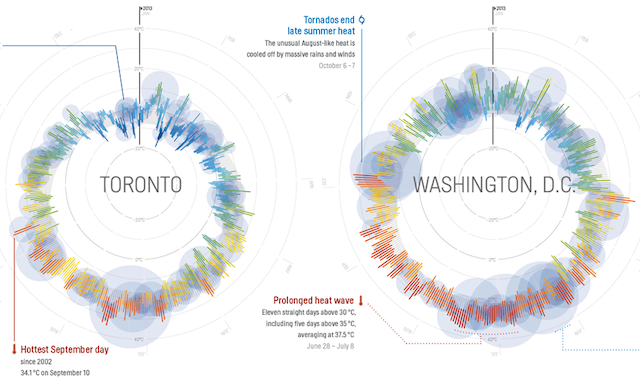
It is not just the British or Seattle-ites (I understand) who have a keen interest in the Weather. Weather Radials is the latest weather-based data visualisation project from Timm Kekeritz and the team at Raureif – one of my absolute favourite agencies and creators of the excellent Partly Cloudy app.
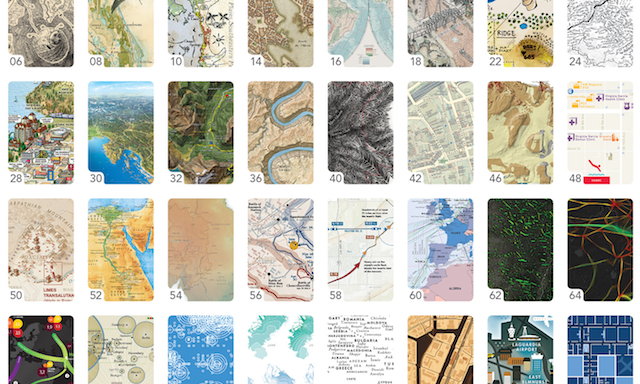
In 2012 I briefly profiled a book titled the ‘Atlas of Design’, dedicated to “showing off some of the world’s most beautiful and intriguing cartographic design”.

After a happy two years living amongst the rolling hills and picturesque scenery of Hebden Bridge, this week, my wife and I are weighing anchor and moving back to the metropolis of Leeds.

On December 21st 2013 the New York Times published a project titled ‘How Y’all, Youse, and You Guys Talk’, developed by Wilson Andrews and Josh Katz. The project is based on Josh’s own research exploring ‘Regional Dialect Variation in the Continental US’ building on questions and data from the Harvard Dialect Survey, a linguistics project by Bert Vaux and Scott Golder.

The British Library will soon to be launching an exciting new season titled ‘Beautiful Science: Picturing Data, Inspiring Insight’. Running from 20th Feb to 26th May the season incorporates many events dedicated to the art and science of communicating data.

At the end of each month I pull together a collection of links to some of the most relevant, interesting or thought-provoking web content I’ve come across during the previous month. Here’s the latest collection from December 2013.

Below you will find an embedded slideshare version of the slides used in last week’s talk at the Design of Understanding 2014 conference. I also did a similar (but longer) talk to students on a Editorial Media Design course at Hogeschool Utrecht the day before.

It is always a thrill to be invited to contribute to a Data Stories podcast and last week I joined hosts Enrico and Moritz alongside Robert Kosara to review the major trends and developments during 2013 and preview the main hopes and expectations for 2014.

I was thrilled to be invited by George Aranda, editor of the excellent ‘Science Book a Day’, to take part in an interview about a range of visualisation-related themes and to discuss my book that he kindly profiled in December.
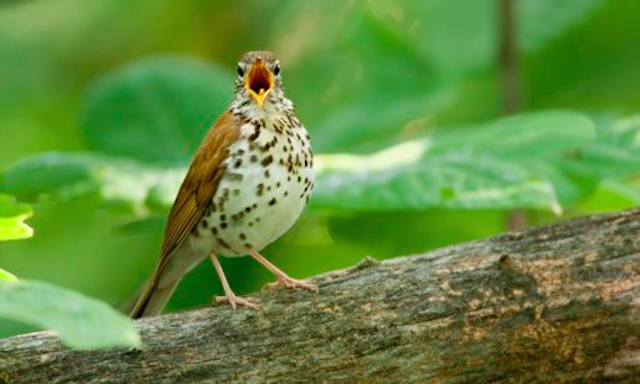
Big Data is a term that, according to the 2013 Gartner Hype Cycle, is reaching the ‘Peak of Inflated Expectations’ and about to face the slippery decline down the ‘Trough of Disillusionment’.

The Music Timeline is a new project from the Big Picture and Music Intelligence research groups at Google. The Big Picture group includes star names such as Fernanda Viégas and Martin Wattenberg.